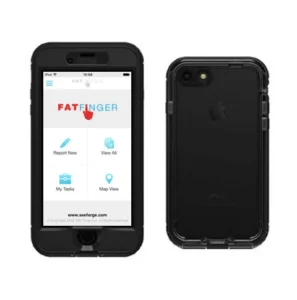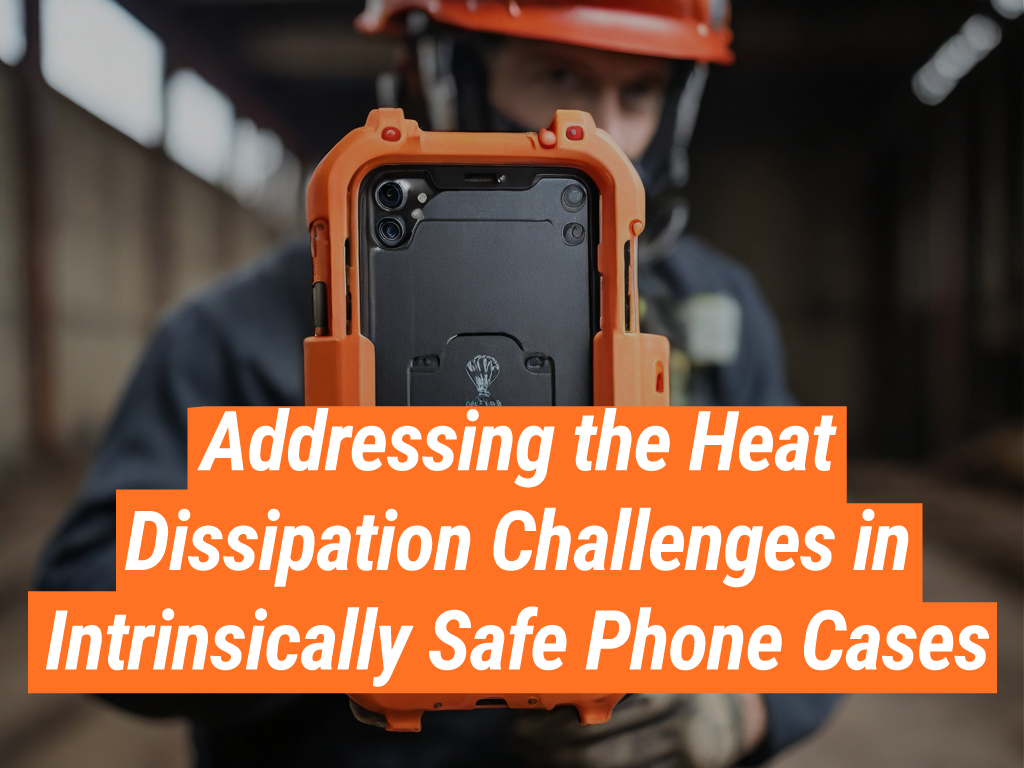As technology continues to evolve, the demand for intrinsically safe devices, particularly mobile phones, is on the rise. These devices are designed to operate safely in hazardous environments where the presence of flammable gases or dust is a concern. One company at the forefront of this technology is Intrinsically Safe Store. We offer a wide range of intrinsically safe devices, including phone cases, designed to meet the highest safety standards. However, one challenge that persists in the design of these phone cases is heat dissipation. This article will delve into this issue and explore potential solutions.

The Challenge of Heat Dissipation
Heat dissipation is a significant concern in the design of intrinsically safe phone cases. These cases are designed to prevent the ignition of flammable substances, which means they must be sealed tightly to prevent sparks or heat from escaping. However, this design can also trap heat generated by the phone’s operation, potentially causing the device to overheat.
Why Heat Dissipation Matters
Overheating can lead to a range of issues, from reduced battery life and performance degradation to potential damage to the device’s internal components. In extreme cases, it could even pose a safety risk. Therefore, addressing the thermal dissipation challenge is crucial to ensuring the safety and longevity of intrinsically safe phones.
Strategies for Addressing Heat Dissipation
Several strategies can be employed to address the heat dissipation challenge in intrinsically safe phone cases. These include:
- Material Selection: Using materials with high thermal conductivity can help dissipate heat more effectively. For example, metals like aluminum and copper are often used in heat sinks for their excellent thermal dissipation properties.
- Design Considerations: Incorporating features such as vents or heat sinks into the case design can help facilitate thermal dissipation. However, these features must be designed carefully to prevent the ingress of flammable substances.
- Thermal Interface Materials: These materials can be applied between the phone and the case to improve heat transfer. They fill in air gaps and irregular surfaces, allowing for more efficient thermal dissipation.
Overcoming Thermal Dissipation Challenges in Intrinsically Safe Phone Case Design
While heat dissipation presents a significant challenge in the design of intrinsically safe phone cases, it is not insurmountable. Through careful material selection, thoughtful design, and the use of thermal interface materials, it is possible to create phone cases that effectively dissipate heat while still meeting the stringent safety requirements of hazardous environments. Intrinsically Safe Store is a prime example of a company that has successfully navigated these challenges, offering a range of high-quality, safe, and reliable products. For more information on our offerings, visit our website or contact us today.


























